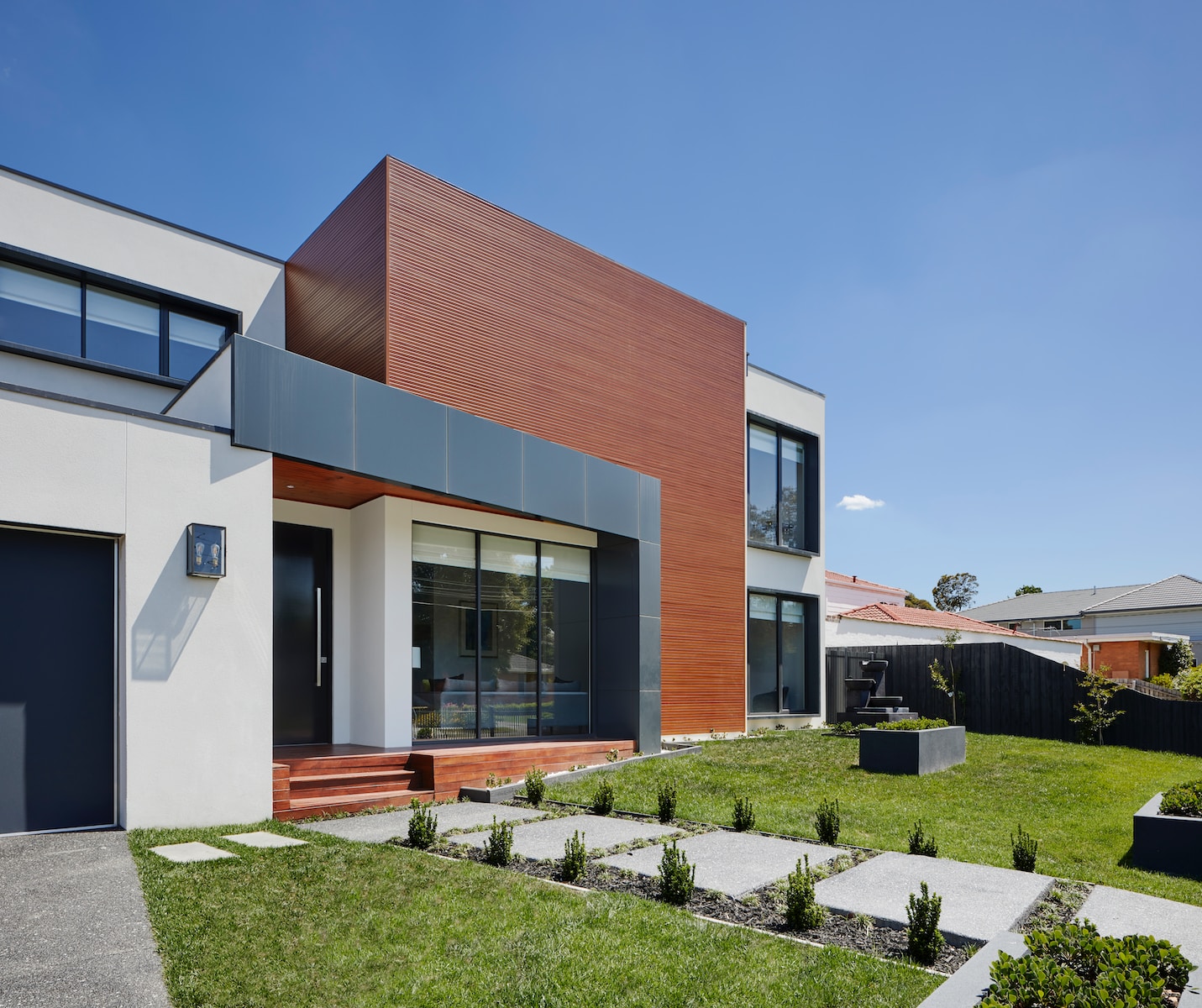Welcome to a comprehensive exploration of the world of Passive Houses, where energy efficiency and comfort take center stage. In this guide, we’ll dive into the core principles of Passive Houses, uncovering how they achieve remarkable energy efficiency and unparalleled comfort. We’ll walk you through the fundamental concepts, benefits, and frequently asked questions, offering a detailed understanding of these innovative structures.
The ABCs of Passive Houses: Achieving Energy Efficiency and Comfort
Passive Houses, often referred to as “Passivhaus” in German, represent a revolutionary approach to building design that prioritizes energy efficiency and occupant comfort. These houses are meticulously crafted to minimize energy consumption while maximizing comfort, resulting in sustainable and enjoyable living spaces. Let’s delve into the key aspects that make Passive Houses a beacon of energy-efficient design and remarkable comfort.
The Fundamentals of Passive Houses
Insulation and Airtightness: The cornerstone of Passive House design is exceptional insulation and airtightness. Thick insulation lines the walls, roof, and even the foundation, preventing heat transfer and maintaining a consistent indoor temperature. Airtight construction ensures that there are minimal drafts and heat leaks, contributing to a stable and comfortable indoor environment.
High-Performance Windows and Doors: Passive Houses boast high-performance windows and doors equipped with triple-pane glazing and insulated frames. These components minimize heat loss while allowing ample natural light to flood the interiors.
Thermal Bridge Elimination: Thermal bridges are points in a building where heat is transferred more easily, leading to energy loss. Passive Houses meticulously address these bridges through design and material choices, ensuring minimal heat transfer and increased energy efficiency.
Mechanical Ventilation with Heat Recovery (MVHR): To maintain indoor air quality without significant energy loss, Passive Houses incorporate MVHR systems. These systems exchange stale indoor air with fresh outdoor air while recovering and transferring heat between the two streams.
The Benefits of Passive Houses
Remarkable Energy Savings: Passive Houses typically require up to 90% less energy for heating and cooling compared to conventional homes. This extraordinary reduction in energy consumption not only contributes to a greener planet but also leads to substantial cost savings for homeowners.
Unparalleled Comfort: The focus on airtightness and insulation ensures a constant indoor temperature devoid of drafts or cold spots. Say goodbye to the discomfort of chilly winters and sweltering summers; Passive Houses provide consistent comfort year-round.
Superior Indoor Air Quality: MVHR systems not only recover heat but also filter and purify the incoming air. This results in exceptional indoor air quality, free from pollutants, allergens, and contaminants.
Noise Reduction: The thick insulation and airtightness that characterize Passive Houses also contribute to noise reduction. Enjoy a serene and peaceful living environment shielded from external disturbances.
Future-Proof Investment: As energy efficiency becomes an increasingly vital aspect of home design, Passive Houses stand as a future-proof investment. These houses are designed to meet and exceed stringent energy efficiency standards, ensuring their value and relevance for years to come.
The ABCs of Passive Houses: Achieving Energy Efficiency and Comfort
Integrated Design Philosophy: Passive House design is a holistic process that integrates architecture, engineering, and construction seamlessly. Architects work closely with engineers to optimize every aspect of the building, ensuring energy efficiency and comfort without compromise.
Orientation and Solar Gain: Passive Houses are strategically oriented to make the most of solar gain, utilizing the sun’s natural warmth to reduce heating needs. South-facing windows are maximized to capture sunlight, minimizing the reliance on artificial heating sources.
Effective Shading Strategies: While solar gain is beneficial, too much direct sunlight can lead to overheating in warmer months. Passive Houses incorporate effective shading strategies, such as overhangs and exterior blinds, to prevent excessive heat buildup.
Summer Comfort: Comfort in Passive Houses isn’t limited to winter. These houses are designed to remain cool in the summer, thanks to their excellent insulation, shading strategies, and natural ventilation options.
FAQs about Passive Houses
Q: Are Passive Houses only suitable for specific climates?
A: Passive Houses are designed to be adaptable to various climates. They can be customized to meet the specific energy and comfort needs of different regions.
Q: Do Passive Houses rely solely on natural ventilation?
A: While natural ventilation is an option, most Passive Houses use mechanical ventilation systems with heat recovery to ensure consistent indoor air quality and energy efficiency.
Q: Are Passive Houses more expensive to build?
A: While the upfront construction costs of Passive Houses can be slightly higher, the long-term energy savings and increased property value often outweigh the initial investment.
Q: Can existing homes be retrofitted into Passive Houses?
A: Yes, existing homes can be retrofitted to meet Passive House standards, though the feasibility and cost-effectiveness depend on various factors, including the home’s current condition.
Q: What certifications do Passive Houses receive?
A: Passive Houses can receive certification from organizations like the Passive House Institute. These certifications validate that the house meets strict energy efficiency and comfort criteria.
Q: How long has the concept of Passive Houses been around?
A: The concept of Passive Houses was developed in the 1970s by Bo Adamson and Wolfgang Feist in Germany. Since then, it has gained global recognition and adoption.
Conclusion
The ABCs of Passive Houses: Achieving Energy Efficiency and Comfort provide a blueprint for a sustainable and comfortable living future. By embracing meticulous design principles, strategic orientation, and cutting-edge technologies, Passive Houses exemplify how energy efficiency and comfort can coexist harmoniously. Whether you’re considering building a new home or retrofitting an existing one, exploring the world of Passive Houses could be your first step towards a more sustainable and comfortable lifestyle.
Remember, as we delve into the realm of energy-efficient homes, it’s essential to stay informed and inspired. If you’re captivated by the notion of Passive Houses, don’t hesitate to embark on this remarkable journey toward a greener and more comfortable tomorrow.
